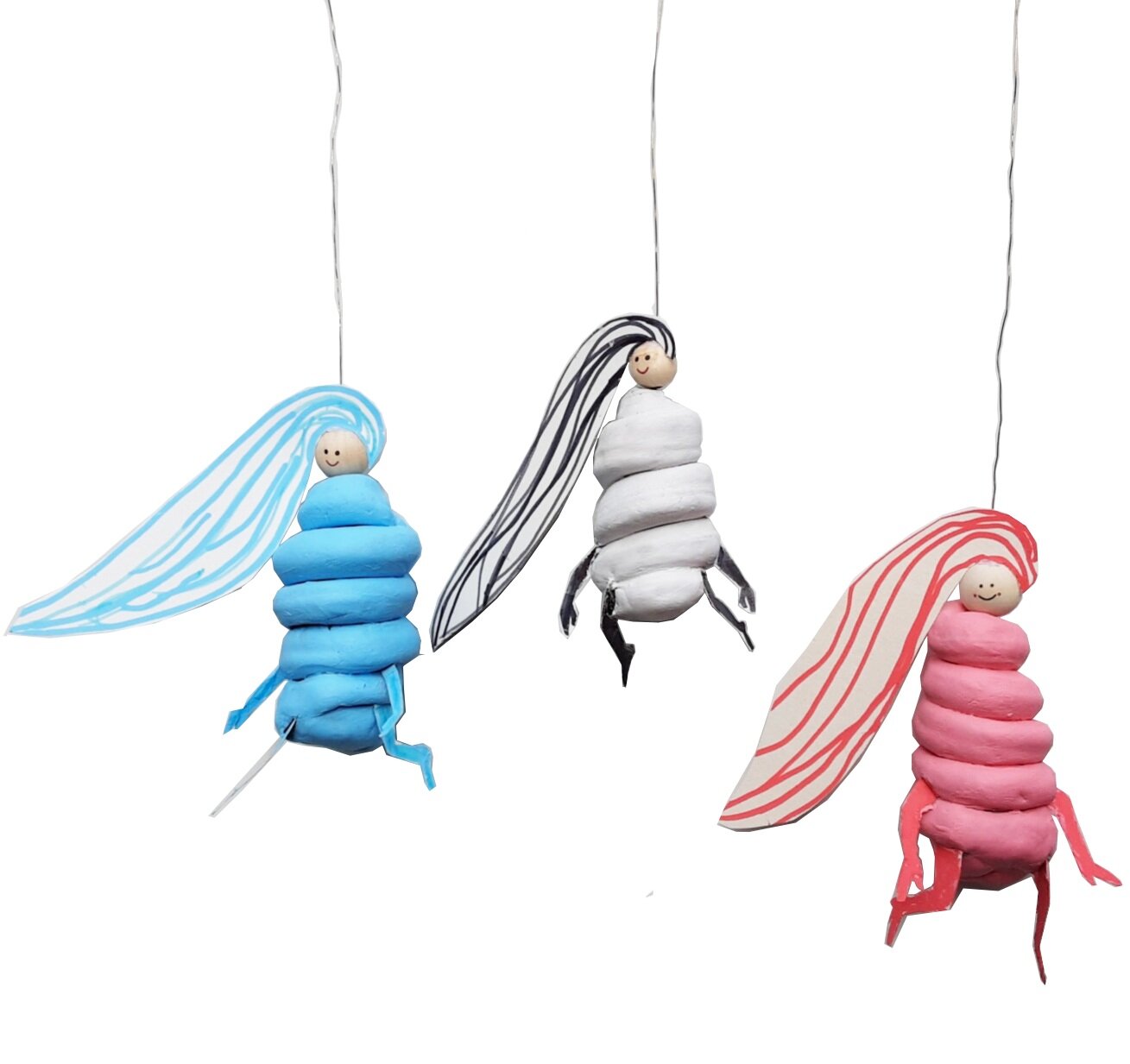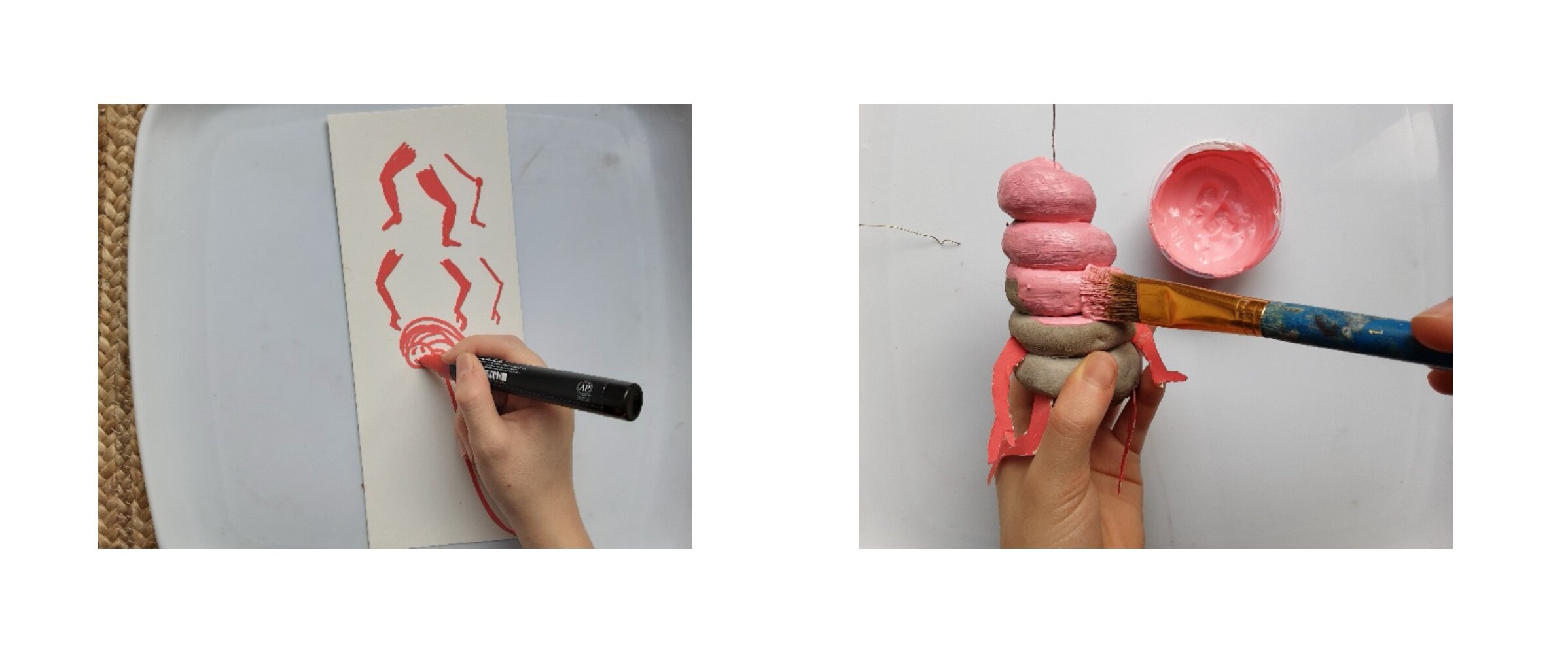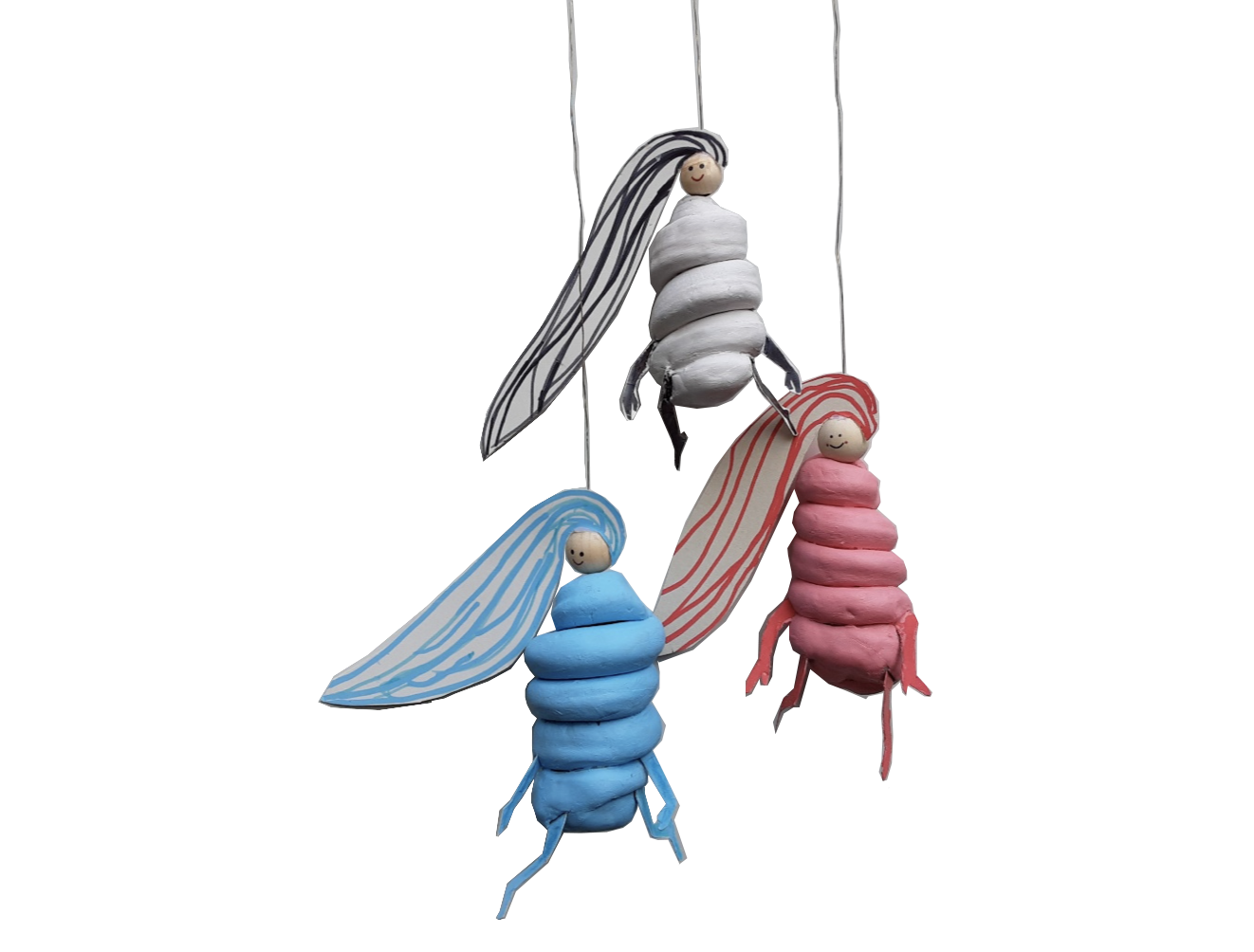Clay project for kids inspired by Louise Bourgeois
my childhood has never lost it’s magic, it has never lost it’s mystery, and it has never lost it’s drama. All my work in the past fifty years, all my subjects, have found their inspiration in my childhood.
- Louise Bourgeois
Today we are feeling very lucky to be joined by our lovely friend Gillian of Making Mini Masters! Gillian is a painter and teacher living, working, and raising her 3 children on the east coast of Co. Wicklow, Ireland. Both Gillian and her husband are professional artists and the artist genes have definitely been passed down to their 3 children! If you pop over to Gillian’s feed you will find an ever changing famous artist spotlight and a gallery of her children’s wonderful work. This is Gillian’s second round of WWC. She joined us last year and shared a very fun project inspired by the work of UK artist Gillian Ayers.
a small selection of artist studies from making mini masters Left to right: Picasso - Tom Kliment - Yves Klein - bird theme
Louise Bourgeois is an artist who is best known for her work in sculpture and large scale installations. Her most famous work is “Maman,” a bronze, stainless steel, and marble sculpture of a spider that measures over 30 ft high and over 33 ft wide. The sculpture is an ode to her mother:
“Like a spider, my mother was a weaver. My family was in the business of tapestry restoration, and my mother was in charge of the workshop. Like spiders, my mother was very clever.”
Louise’s work is so varied and diverse that it defies genre or category. Making art was the way she processed the pain of her childhood and her relationship with her parents;
“Art is restoration: the idea is to repair the damages that are inflicted in life, to make something that is fragmented - which is what fear and anxiety do to a person - into something whole.”
Louise was born in Paris in 1910 and moved to New York with her husband (the art historian Robert Goldwater) in 1928, where she lived and worked until she passed in 2010 at the age of 99.
In a 2008 film made about her life, Louise Bourgeois: The Spider, The Mistress and The Tangerine, Bourgeois described these spider sculptures as her ‘most successful subject’. Bourgeois uses the spider, both predator (a sinister threat) and protector (an industrious repairer), to symbolise the mother figure. The spinning and weaving of the spider’s web links to Bourgeois’s own mother, who worked in the family’s tapestry restoration business, and who encouraged Louise to participate. - Tate Museum
CLOTH LULLABY is a lovely little children’s book about the woven life of Louise Bourgeois
Spiral Clay Sculpture Project
contributed by: Making Mini Masters
With a body of work that is extremely diverse ranging a multiple of mediums, the French-American artist Louise Bourgeois makes it hard for all to place which art movement she belongs. An artist who explored many themes is predominately renowned for her large-scale sculptures, in particular her iconic spiders and provocative figures, she also dedicated a significant amount of time to painting and print making. While raising her three boys in New York in the early years of her career, she worked incessantly on making small prints from a small printing press in her house. It wasn’t until the last 20years of her career that her prints were sought after by specialized printers and publishers. By then, Bourgeois was producing larger scale prints from a former factory turned studio. From her large body of prints, we begin to understand her creative process, we see how she intertwined the past and present as she regularly came to revisit themes, and how these prints somewhat acted as preliminaries to her sculptural pieces.
Louise was born in Paris, 1911 on Christmas Day to parents with a family business of Tapestry Restoration and from a young age Louise learned the trade from her mother. She taught her all about the process of tapestry, colour, form, pattern, and all the different textiles. Although Louise went onto to study Mathematics and Philosophy, she only turned to art after the death of her mother. This leads onto to her art revealing a great connection between her childhood memories and how her nurturing mother inspired her throughout her career especially during the last 10 years where she created fabric drawings and cloth books. Her deeply sensitive nature served her art throughout her life as it is clear to see that art became an avenue for Louise to both stimulate and ease her emotions.
Finding the positive in the work of Louise Bourgeois, her ‘Spiral Woman’ sculpture and drawings are what stood out for us. Entrapped in a spiralling cocoon dandling precariously from a string for us connected very closely to our experience of living through the Covid-19 pandemic. The movement of this sculpture suggests that we as humans can adjust to our new surroundings while changing and recreating ourselves to adapt to the new challenges that life presents.
Nothing is lost, there is something sacred about things that are your past. - Louise Bourgeois
Materials
Bottle cap
Wire or pipe cleaner
White / red / blue paint
Small bowl of water
** Please note that we participate in the Amazon Affiliate program. This means if you purchase any of the products linked here we will receive a tiny sales commission at no additional cost to you. We only link to products we use and love. Your support helps us keep this site running - thank you!
Method
Our little women here at Making Mini Masters began the process of making their own Spiral Woman by piercing a hole in the middle of the bottle cap. This will be easy if the bottle cap is plastic. If you are using craft wire, cut a long piece of wire and thread it through the hole and secure by twisting the wire on the inside of the bottle cap. If you are using a pipe cleaner, this is the time to use it. Cover the bottle cap with clay. This will act as the base of your sculpture to carry the weight. Be sure to be generous with the clay here to avoid any cracks appearing during the drying process.
2. Take the rest of your clay and evenly roll out a-foot-long sausage. Before spiraling your clay sausage onto the bottle cap base, it’s a good idea to hang the wire from something secure to allow your base dangle as you spiral the clay sausage. Otherwise, it can be equally spiraled laying on the table you are working from. Once you have created the spiral cocoon, push each layer of the spiral together to avoid gaps. Just a gentle push will do!
3. Now you get to massage your cocoon. With lots of water, gently rub out any cracks or uneven surfaces. This process is very therapeutic and almost mediative especially if your now spiralled cocoon is suspended.
4. Now it’s time to take your white cardstock and choice of pen. Begin to draw arms and legs. You can draw as many as you like and choose your favourite for your sculpture. Cut out 2 legs and 2 arms. It’s a good idea to snip the top of each arm and leg into a point to allow it slide easily into the clay. If you are using a bead for the face, you can thread it onto the wire or pipe cleaner at this stage and give it some facial features. It’s time to draw some hair on your white card with the same colour as the legs and arms. Our sculptures are girls because we who made them are girls but there’s absolutely or reason why they can’t be boys. How you draw the hair can represent your appearance.
5. Once you are finished drawing the hair, cut it out and glue it to the bead. If you don’t have a hot glue gun, pva glue will work but will take time to dry. Also, clear tape is a good alternative. If you are not using a bead just draw on the face and attach it to the clay cocoon before it dries.
6. When your clay is dry it’s time to paint. We painted ours a lighter shade of the same colour we used for the arms and legs (white, light red and light blue).
Finally, you are finished. Now it’s time to find a place to hang and enjoy your sculpture!
the lovely Gillian of Making Mini Masters and two of her beautiful paintings: Lemons and Stripes, 2016, 45x35cm, oil on canvas board | a small acrylic study of a hanging sweater
Gillian is a mother to three busy creative children, a wife to a working artist, a Montessori Preschool teacher, and a painter in her spare time who lives on the east coast of Co. Wicklow, Ireland. Art is what she is surrounded by on a daily basis. Whether she is painting for herself or setting up for children to create, Making Mini Masters on Instagram has become a space for herself and children to delve into the works of artists old and new and weave elements of their process into the hands and minds of her Mini Masters.
follow Making Mini Masters on Instagram | Follow Gillian.Cassidy.Art on Instagram













